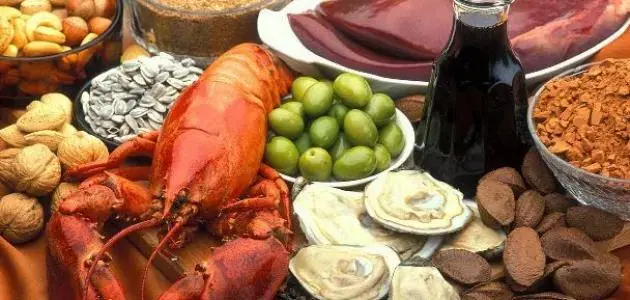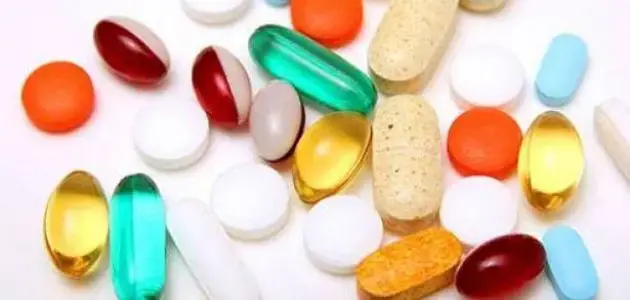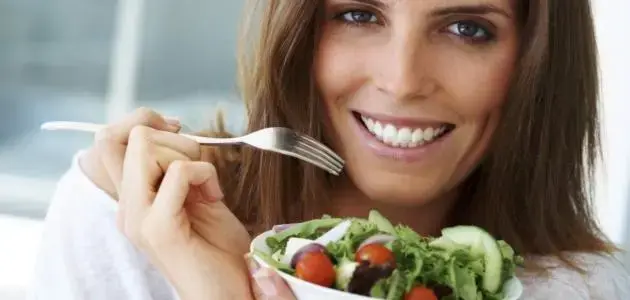Iron comes in two main forms: heme iron, which you get from animal-based foods, and non-heme iron, found in plant-based foods. Your body absorbs heme iron more easily, so if you’re vegetarian or vegan, it’s extra important to be mindful of your diet to get enough iron.
Animal-Based Sources of Iron
Seafood
Shellfish like clams, oysters, and mussels are loaded with iron. Just five medium clams pack over 3 mg of iron. Fish like salmon, tuna, and haddock also contain iron, but in smaller amounts.
Organ Meats
Organ meats, especially liver, are rich in iron. For example, 85 grams of beef liver has around 4.15 mg, while the same amount of chicken liver gives you about 7.62 mg.
Eggs
Eggs are a decent source of iron, no matter how you cook them. Pairing them with bread (especially whole wheat) helps boost iron absorption. Just avoid tea or coffee with eggs, since they can block iron uptake.
Red Meat
Red meat is one of the easiest sources of iron to include in your diet. A 100-gram serving of ground beef has about 2.7 mg of iron, which is roughly 15% of the daily recommended amount. Studies show people who eat red meat and fish regularly tend to have lower rates of iron deficiency.
Plant-Based Sources of Iron
Iron-Rich Vegetables
Many vegetables actually contain more iron than meat, but it’s the non-heme type, which is harder for your body to absorb. Luckily, many of these veggies also contain vitamin C, which helps with absorption.
- Leafy greens: One cup of spinach, kale, chard, or beet greens has 2.5 to 6.4 mg of iron.
- Tomato paste: While fresh tomatoes are low in iron, sun-dried tomatoes pack 1.3 to 2.5 mg per half cup.
- Potatoes: Most of the iron is in the skin. A large unpeeled potato has about 3.2 mg.
- Mushrooms: One cup of white mushrooms has about 2.7 mg. Oyster mushrooms have nearly double that.
- Palm hearts: One cup gives you 4.6 mg of iron—about 26% of your daily needs.
Iron-Rich Fruits
- Prune juice: Half a cup provides 3 mg of iron.
- Prunes: Half a cup of fresh prunes has about 0.81 mg.
- Berries: A cup of berries gives you about 1 mg.
- Watermelon: One small slice has around 0.69 mg.
- Figs: Five medium figs offer 1 mg of iron.
- Bananas & Apples: A banana has 0.36 mg, and an apple has about 0.5 mg.
Legumes and Grains
- Chickpeas: One cup contains up to 5 mg of iron and is also high in protein.
- White beans: One cup has about 5.08 mg. Canned varieties are convenient but check sodium levels.
- Seeds: Pumpkin, sesame, hemp, and flax seeds offer 1.2–4.2 mg per two tablespoons.
- Lentils: A cooked cup gives you 6.6 mg of iron plus fiber and protein.
- Soy products: Tofu, tempeh, and natto are excellent sources. One cup of soybeans has 8.8 mg, while a cup of natto has up to 15 mg.
Fortified Foods
Iron-fortified breakfast cereals can cover 90–100% of your daily iron needs. They also usually contain vitamins like B-complex, zinc, calcium, and fiber.
Herbs with Iron
- Dried thyme: One teaspoon has about 1.2 mg of iron.
- Garden cress: 100 grams can have over 40 mg of iron, though absorption may be affected by natural compounds.
- Alfalfa: Contains around 10–15 mg of iron per 100 grams, but like cress, it also has compounds that can reduce absorption.
Recommended Daily Iron Intake
| Age Group | Iron (mg/day) |
|---|---|
| 0–6 months | 0.27 |
| 7–12 months | 11 |
| 1–3 years | 7 |
| 4–8 years | 10 |
| 9–13 years | 8 |
| Boys 14–18 | 11 |
| Girls 14–18 | 15 |
| Men 19–50 | 8 |
| Women 19–50 | 18 |
| Pregnant | 27 |
| Breastfeeding (14–18) | 10 |
| Breastfeeding (19–50) | 9 |
| 50+ | 8 |
Note: Women need more iron than men due to blood loss from menstruation.
Why Iron Matters
Iron is essential for making hemoglobin, the protein in red blood cells that carries oxygen. It also helps make myoglobin, which supplies oxygen to your muscles. If you don’t get enough iron, it can lead to a deficiency. Fortunately, eating a diet rich in iron-packed foods can help prevent that.
Leave a comment
Your email address will not be published. Required fields are marked *




